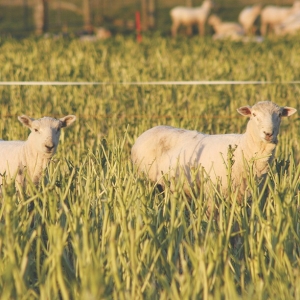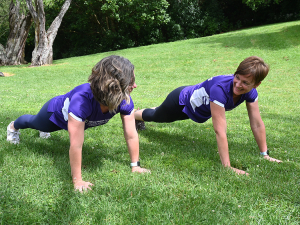“It takes 10 to 14 days for the microbes in the rumen to adjust to the change of diet. If you don’t give them that adjustment period they’re going to lose condition,” warned PGG Wrightson technical specialist, Andrew Dowling at one of the firm’s recent seminar series.
With many ewes already below the ideal body condition score of three, any such check will cause further production losses.
“A condition score three ewe produces 80% more colostrum than one at condition score two. That’s the energy that gets your lambs going for those first four weeks.”
Lighter ewes have also been shown to scan 20% lower, to be twice as likely to be dead or missing at weaning, and cycle later causing a season-to-season impact.
Dowling stressed the need to regularly condition score ewes (see panel) and draft out light animals, particularly those bearing multiples. Scoring by eye isn’t good enough, especially with ewes running towards the scorer down a drafting race. A hand should be put on every ewe’s back to get a true picture.
“It’s cheap, and easy, and better than weighing because [condition score] is relative to the size of sheep.”
Even within flocks there can be an incredible variation in ewe bodyweight for animals at the same condition score, just due to the natural variation in size, he pointed out.
By scanning, 90 days after tupping, energy demand of multiples is already higher than singles. Lighter animals should be drafted out and preferentially fed. If a long-acting drench is going to be used, scanning’s a good time to do it.
“They are most effective when the pressure is on that ewe.”
Anyone anticipating scanning at 150% or more should not only be getting multiples and singles identified, but asking the scanner to do triplets too so mobs can be split and feed allocated accordingly.
“Scanning at 90 days is one of the best tools to get increased survival of lambs because the feed demand of those twin and triplet ewes is so different from single-bearing ewes.”
Ewes carrying twins will need 2kgDM/day of 11MJME/kgDM feed from six weeks prior to lambing, triplets even more, however, rumen capacity limits intake in the later stages of pregnancy. “They simply can’t eat enough.”
Consequently, everything possible should be done to make eating easy for multiple bearing ewes.
“For the last two weeks of pregnancy they need to be on at least 4cm of grass.”
Multiple bearing ewes can be fed on crop but don’t make them clean it up, added Dowling. “Use your singles to do that.”

















